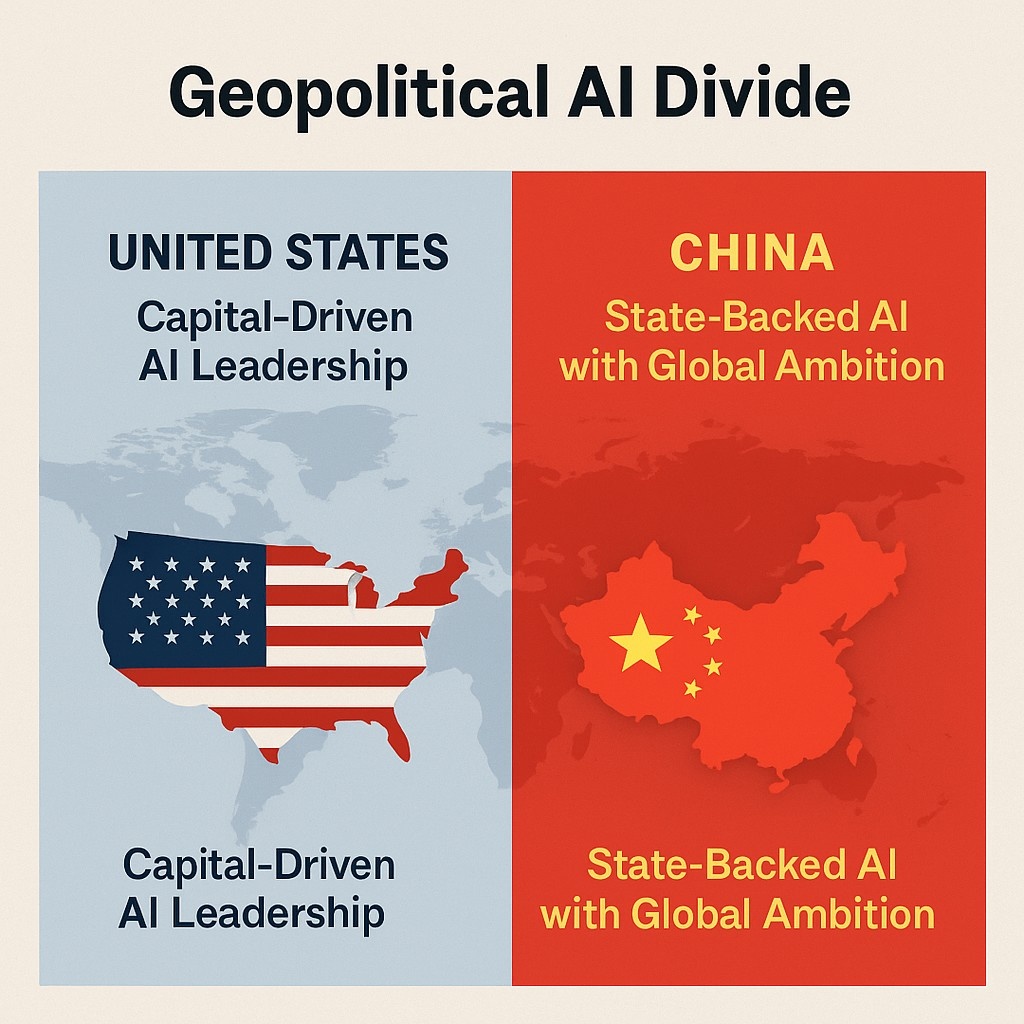Tech CEOs Are Now Using AI Avatars to Deliver Earnings and Announcements — Welcome to the Future of Corporate Communication
What happens when even the CEO starts sending a digital version of themselves to work?
In what may mark the beginning of a new era in corporate storytelling, top tech leaders are now embracing AI-generated avatars to deliver earnings reports, company announcements, and internal updates. This is no longer a pilot experiment. It’s already in motion — and backed by some of the biggest names in the industry.
From Klarna’s slick 83-second quarterly recap delivered by an AI clone of its CEO to Zoom’s very own founder using his company’s avatar tools in a real-world earnings call, the message is loud and clear: digital doubles are here — and CEOs aren’t just OK with it. They’re leading the charge.
Let’s break down what this means for the future of business communication — and why this shift is much bigger than it seems.
Klarna's CEO Goes Full Avatar for Q1 2025
Swedish fintech giant Klarna made headlines recently when its CEO, Sebastian Siemiatkowski, chose not to personally present the company's Q1 2025 results. Instead, he handed the task over to his AI-generated avatar — a near-flawless digital replica of himself.
In a concise 83-second video, the virtual Sebastian walked viewers through the highlights: improved earnings, efficiency gains from AI, and Klarna’s vision for the next quarter. The voice was synthetic but closely matched his tone. The gestures were familiar. The face, unmistakably him.
More impressive than the delivery was the reaction: it worked. Internal teams found it effective. Investors didn’t blink. In fact, the move aligned perfectly with Klarna’s growing identity as a company embracing artificial intelligence not just in operations, but now in leadership communication itself.
“This is not a gimmick,” Siemiatkowski later clarified on social media. “This is how we’ll work — faster, smarter, and still human, just scaled.”
Zoom’s Eric Yuan Shows Up — as His Digital Self
Following closely on Klarna’s heels, Zoom’s co-founder and CEO Eric Yuan took a similarly bold step. During Zoom’s Q1 2026 earnings call, Yuan didn’t appear live. Instead, he deployed a hyper-realistic AI avatar of himself — powered by Zoom’s own AI Companion technology — to deliver his portion of the company’s quarterly performance and roadmap.
Attendees saw a polished, natural-looking version of Yuan discussing product growth and AI initiatives — all generated using Zoom’s in-house tools. And according to Yuan, this is just the beginning.
“This gives me more time to meet customers and think about the product,” he said. “We built this tech to help everyone — including ourselves — communicate more efficiently.”
Zoom's internal teams say they're already exploring use cases where department heads and global managers use their avatars for async updates and performance reviews. In other words, digital presence is starting to replace physical presence in more routine, scripted communications.
What’s Fueling the Rise of CEO Avatars?
This shift didn’t come out of nowhere. It’s the result of several converging forces:
- Hyper-Realistic AI Avatars Are Now Possible: Advances in generative video, voice synthesis, and facial modeling have made it possible to create avatars that are nearly indistinguishable from their human counterparts — at least in a polished corporate setting.
- Global Leadership Is Time-Strained: For CEOs leading global teams, recording a perfect 5-minute message in 20 languages and time zones is no longer efficient. An avatar, however, can deliver that — instantly.
- Corporate Messaging Needs Scale, Without Losing Personality: Press releases are cold. Avatars offer the warmth of video with the efficiency of automation.
- AI Messaging Is Becoming Normalized Across Tiers: If managers and salespeople are already using tools like Synthesia, D-ID, and Zoom AI Companion for internal updates, why shouldn’t the CEO do the same?
Critics Raise Eyebrows — and Important Questions
While the tech is undoubtedly impressive, critics aren’t silent.
Some worry that allowing leaders to hide behind avatars sets a dangerous precedent — creating a buffer between executives and accountability. There's also concern about transparency. If a message is generated by AI, should it be disclosed upfront? Should viewers know when a CEO is speaking “live” versus scripted and synthesized?
“Let’s not forget — the avatar still reflects what the CEO wants to say,” noted Dr. Marianne Liu, a researcher in AI ethics and communications at MIT. “It’s not replacing the thinking. It’s replacing the performance.”
Others argue that this is just another step in the long journey toward asynchronous, decentralized leadership. CEOs have long delegated communications to ghostwriters, PR reps, and polished video edits. An avatar might just be a more honest version of what’s already happening.
Employees and Shareholders Seem Unfazed — Even Receptive
Despite skepticism in some circles, early reactions within companies and investor communities are largely positive.
Employees see it as a sign that their leadership understands how to move fast. Investors appreciate the efficiency and cost-savings. And in internal surveys at companies like Klarna and Zoom, users actually rated avatar-delivered updates as more engaging than traditional emails or static slides.
As one product manager at Klarna put it: “I’d rather hear from a digital CEO than never hear from them at all.”
What Comes Next: Avatar Boardrooms? AI-Only Updates?
This is just the tip of the spear. Experts predict we’ll soon see:
- Multilingual avatar updates from CEOs to global teams — translated in real time.
- Board meetings with hybrid attendance where avatars stand in for traveling executives.
- Earnings calls with dynamic avatars answering pre-scripted Q&A.
- Investor roadshows hosted entirely by digital surrogates.
Some firms are even toying with the idea of using avatars to test messaging — running A/B tests on different tones or delivery styles before releasing a final version to the public.
















